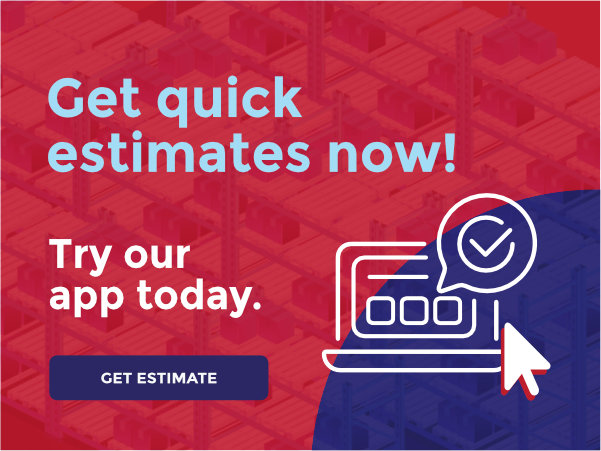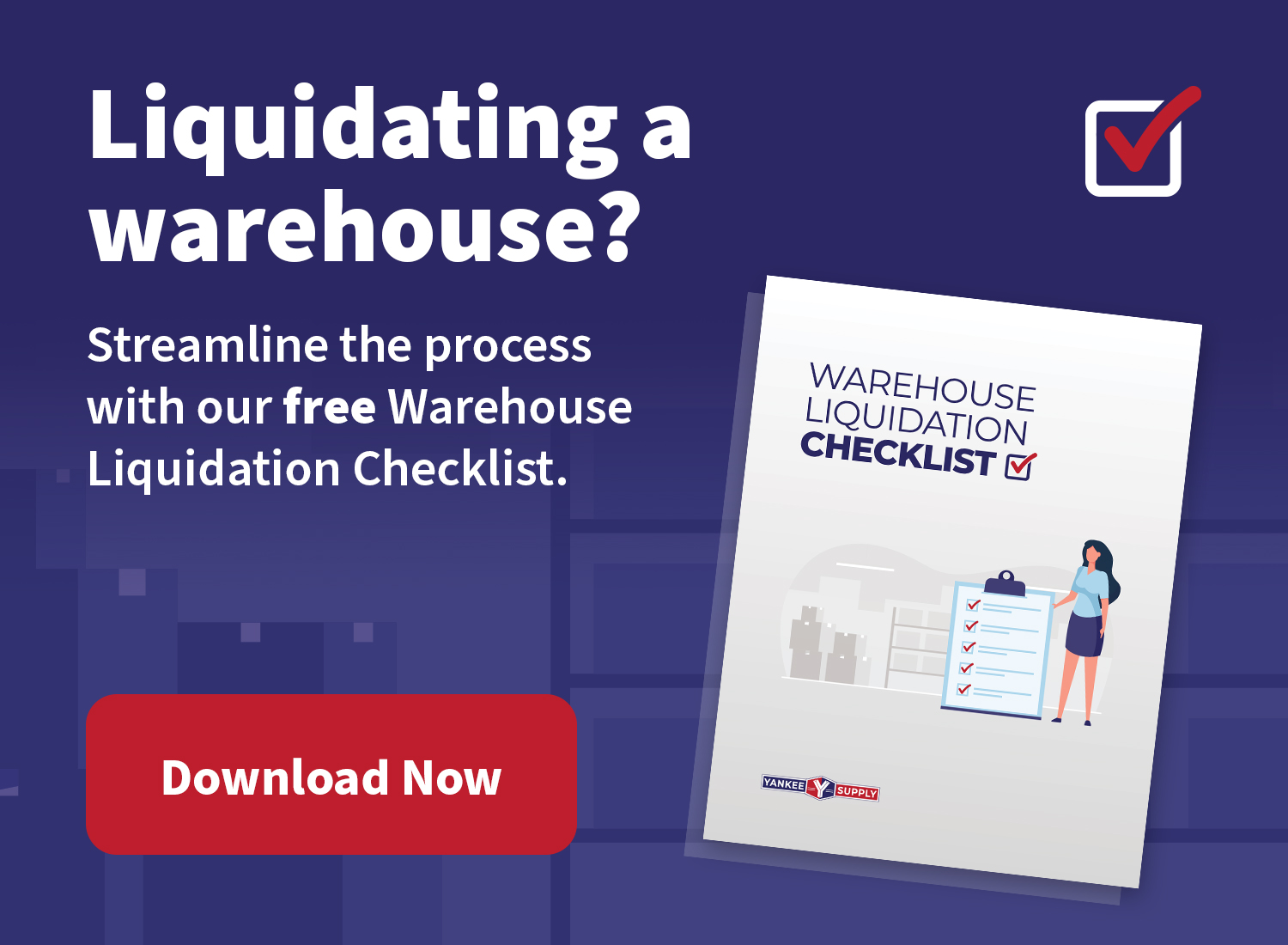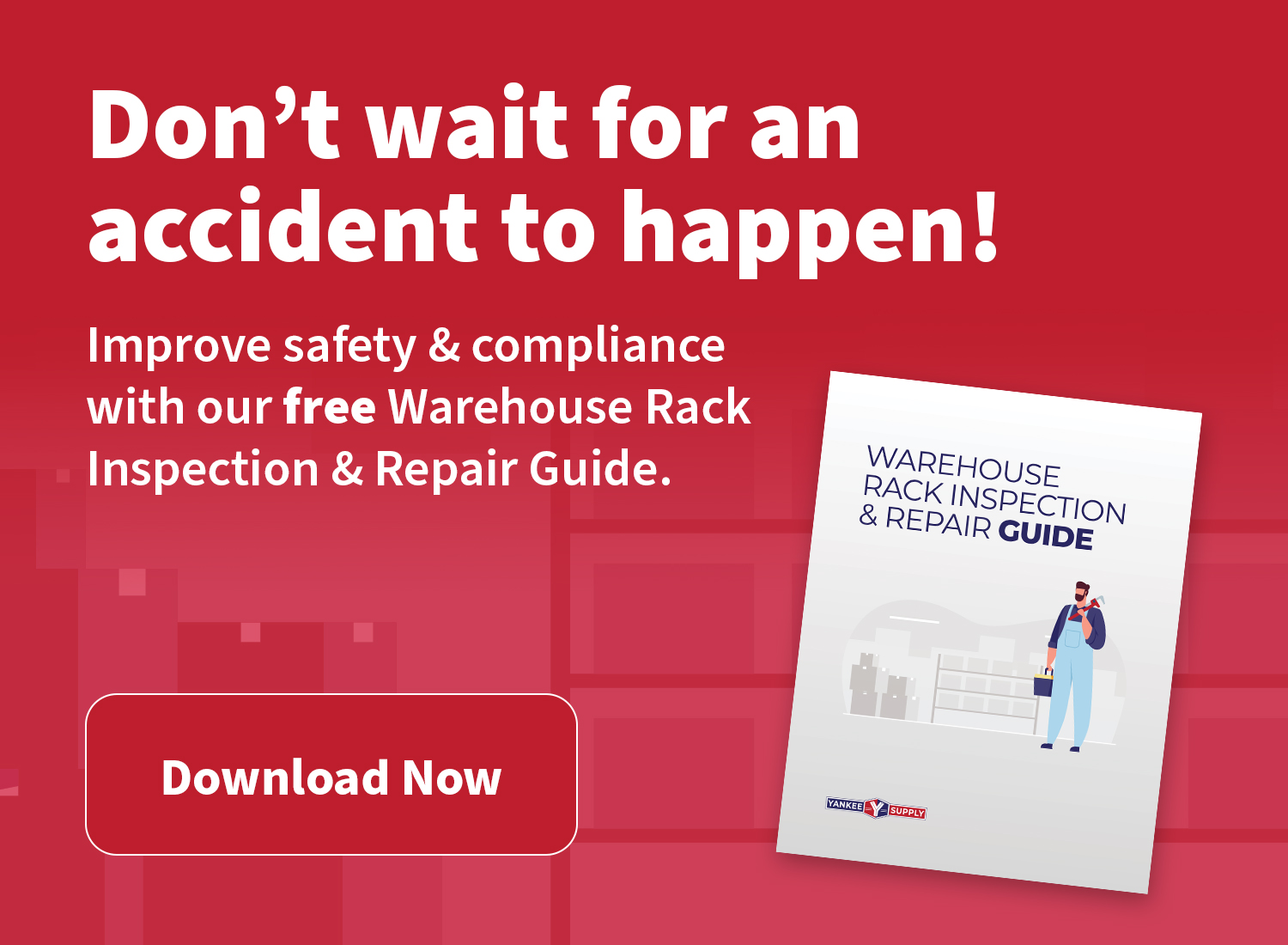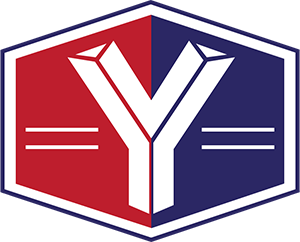Looking for an efficient high-density storage system? Push back racks might be the answer you’re looking for!
What is a push back rack, and how does it work? Push back pallet racks combine a stationary rack with nested carts that move along a sliding rail system. When the first pallet is loaded from the front, it sits on the first cart. Once additional pallets are loaded, it pushes the previous pallets to the back. Push back racks manage inventory from a last in- first out basis.
Optimizing storage space is a constant challenge in the complex dance of warehouse management. Innovative solutions become critical as firms struggle with growing inventory and the demand for efficient operations. Presenting Push Back Racks, a clever storage solution that optimizes accessibility and space. In this in-depth investigation, we examine the characteristics, advantages, and uses of push back racks, revealing how they elevate traditional warehousing to a new level of effectiveness.
A few of the benefits of Push Back pallet racks are they offer a more efficient use of limited warehouse space as you can store up to 90% more products than you would with other storage systems. These systems offer dense storage and allow for products to be easily accessible. Pallets can be stored two to six pallets deep offering extensive storage. These systems provide high-density storage with the option of selective racking systems. Thus, this makes it an obvious choice for compact spaces.
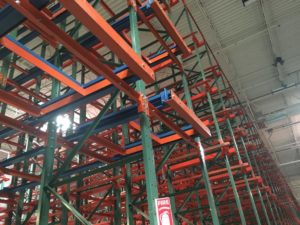
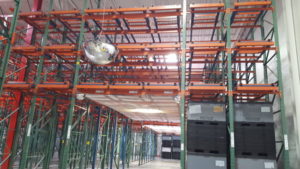
Understanding Push Back Racks
Palletized items are stored using Push Back Racking, a dynamic storage technique that uses nested carts and inclined rails. This system allows for the storage of several pallets in a single lane, in contrast to typical pallet racks. It also has the capability to push back previous pallets while loading a new one. Although the idea is straightforward, it has a significant effect on storage efficiency.
Key Features of Push Back Racks
- Last-In, First-Out (LIFO) System: Push Back Racks facilitate effective stock rotation and retrieval by operating on the Last-In, First-Out concept.
- Nested Cart Design: The rack is composed of nested carts that are pulled back along inclined rails on each level. Pallets will move smoothly and under control thanks to this design.
- Enhanced Storage Density: Push Back Racks, as opposed to standard systems, greatly increase storage density by making use of vertical space and permitting numerous pallets in a single lane.
- Configurations that can be customized: These racks are available in a variety of configurations, enabling customisation according to the needs of the warehouse and the kinds of products being kept there.
Benefits of Implementing Push Back Racks
- Optimal Storage Capacity: Push Back Racks maximize the amount of space that may be used, enabling more storage capacity in the same footprint.
- Improved Accessibility: Because the system is dynamic, every pallet is always readily available, cutting down on the amount of time it takes to retrieve it.
- Effective Stock Rotation: This is made possible by the Last-In, First-Out system and is especially important for businesses that deal with perishable commodities or expiration dates.
- Decreased Aisle Requirements: Push Back Racks need less aisle space than standard systems, which helps to maximize warehouse space.
Applications Across Industries
- Food and Drink: Perfect for keeping perishable items that have different expiration dates in storage, allowing for effective stock rotation.
- Retail: Product or seasonal items with fluctuating demand patterns stored efficiently.
- Manufacturing: Makes it easier to store work-in-progress and raw materials with different manufacturing schedules.
- Automobile: Fit for keeping parts and pieces of various sizes and manufacturing cycles.
Considerations for Implementation
- Pallet Weight: The weight of the palletized items should be taken into consideration when choosing the system. Sturdier rack structures could be needed for heavy loads.
- Warehouse Layout: The applicability of push back racks is influenced by the warehouse’s layout, which includes the available floor space and ceiling height.
- Inventory Characteristics: The system’s structure and design are influenced by the characteristics of the items being stored, including their size, weight, and shelf life.
A shining example of efficiency in the convoluted world of warehouse storage are push back racks. Their capacity optimization, enhanced accessibility, and dynamic stock rotation capabilities make them a valuable strategic asset for companies looking to streamline their supply chain processes. Adopting cutting-edge solutions like Push Back Racks becomes a crucial tactic as warehouses change to match the demands of a market that is always evolving. Not only must products be stored, but they must be stored wisely, with every square inch of available space supporting a smooth and effective operation. Storage with Push Back Racks is an art form that balances accessibility and capacity in the service of operational efficiency. It’s more than just a need.
Give us a call at 1-800-232-7225 or email us sales@yankeesupply.com and we’ll build the system that’s right for your application.



